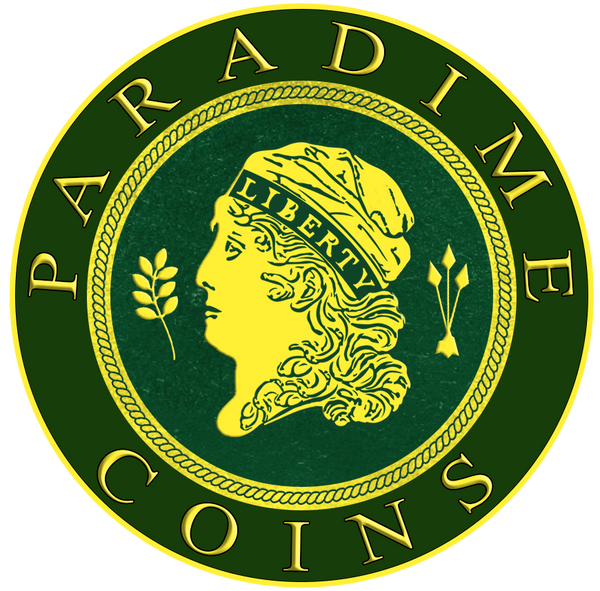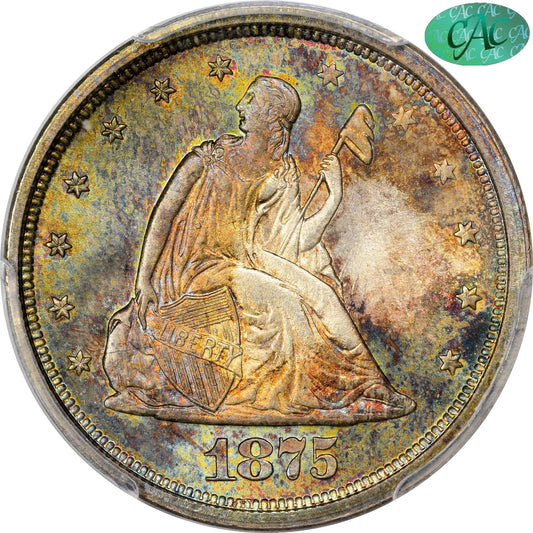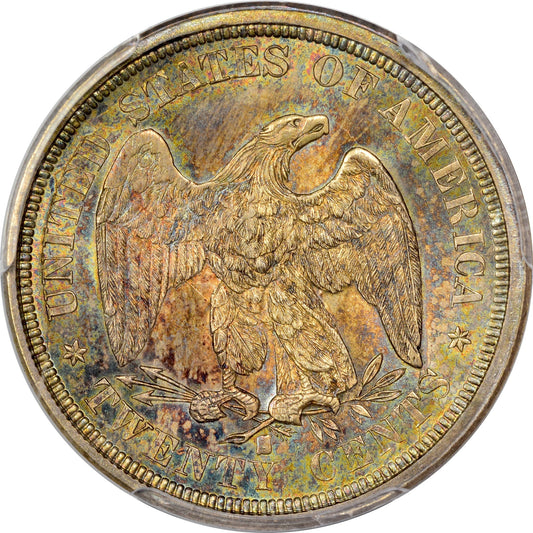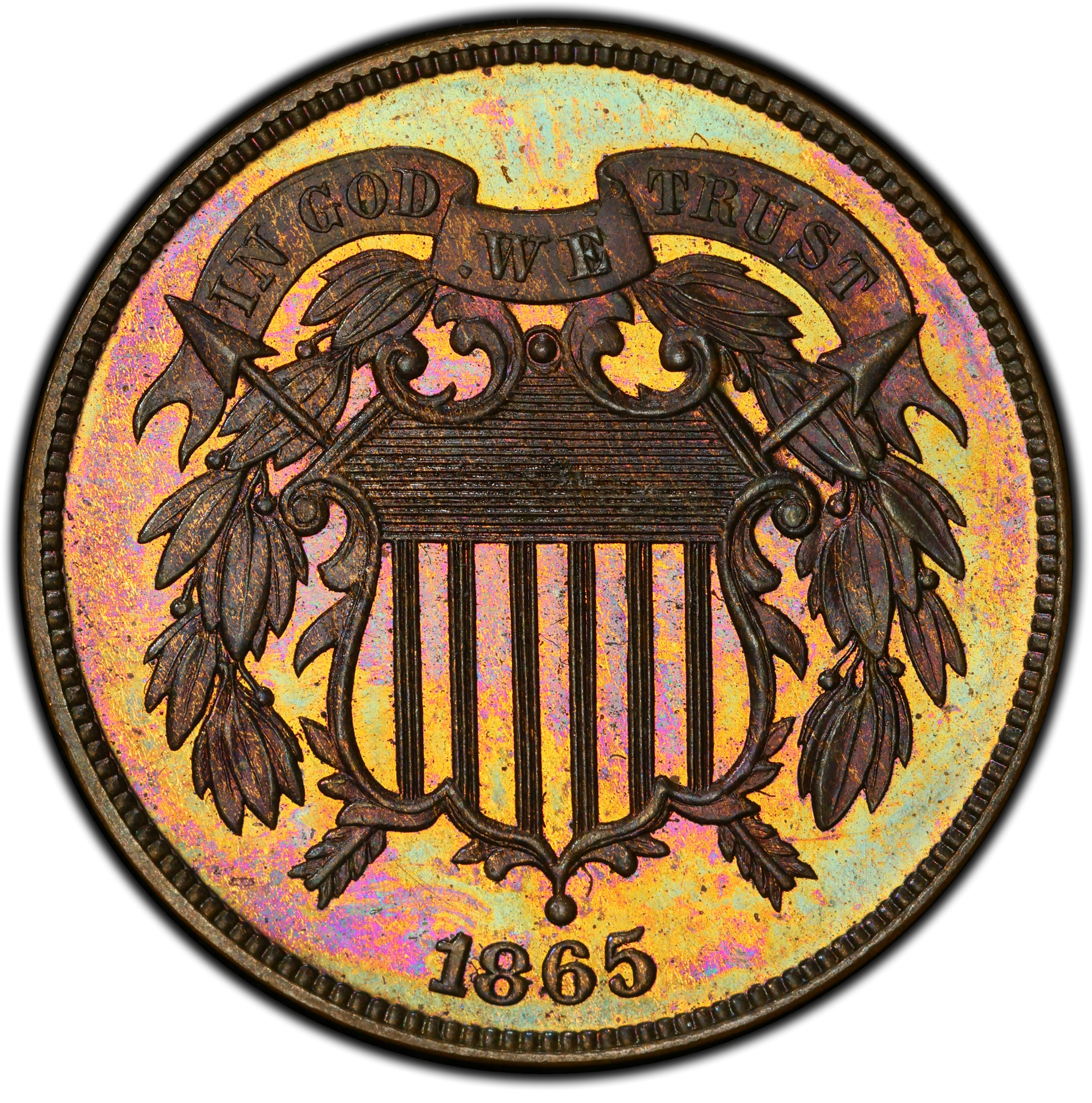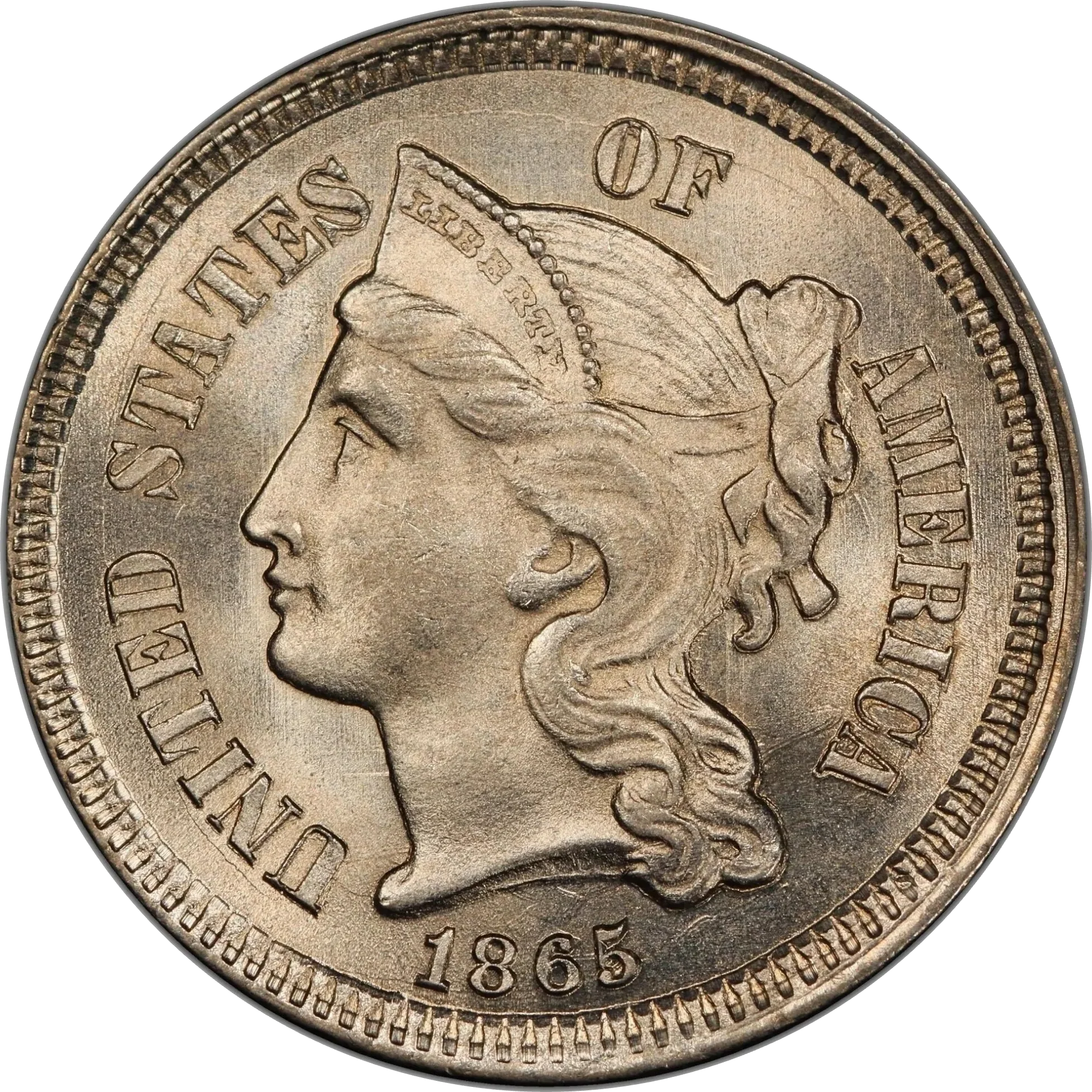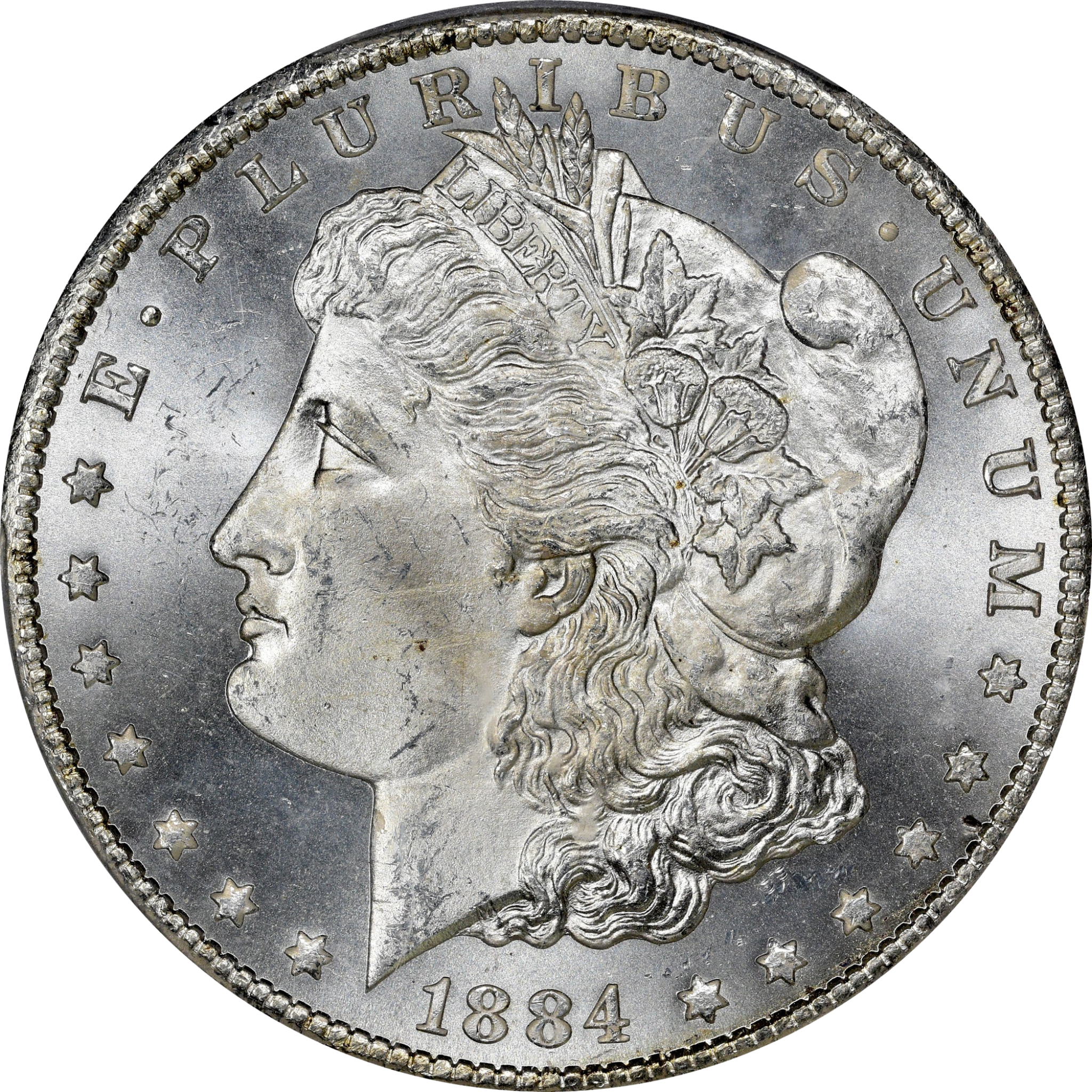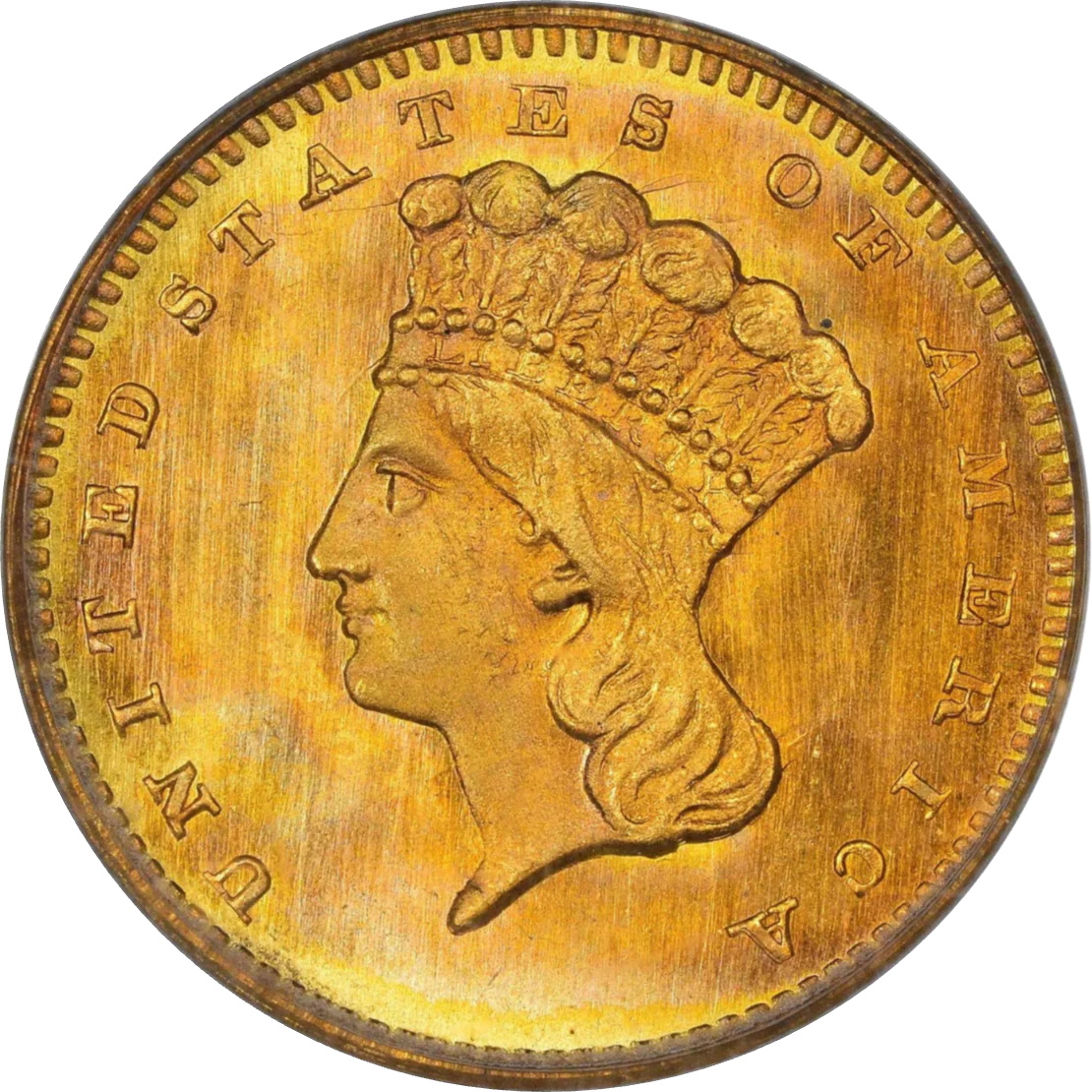Collection: Twenty Cent (1875 - 1878)
-
1875-S 20C MS66+ PCGS CAC
Regular price $18,000.00Regular priceUnit price / per
The Twenty-Cent Piece is one of the shortest-lived and most unique denominations in U.S. coinage history. Introduced in 1875 to meet demand for smaller denominations in the Western United States, it was quickly discontinued due to public confusion with the quarter dollar. Designed by William Barber, the coin’s obverse follows Christian ... Read More
The Twenty-Cent Piece is one of the shortest-lived and most unique denominations in U.S. coinage history. Introduced in 1875 to meet demand for smaller denominations in the Western United States, it was quickly discontinued due to public confusion with the quarter dollar. Designed by William Barber, the coin’s obverse follows Christian Gobrecht’s iconic Liberty Seated motif, while the reverse features a perched eagle reminiscent of the Trade Dollar design.
Key Specifications
- Designer: William Barber (obverse adapted from Christian Gobrecht)
- Issue Dates: 1875–1878
- Composition: 90% silver, 10% copper
- Diameter: 22 mm
- Weight: 5.00 grams (77.16 grains)
- Edge: Plain
- Business Strike Mintage: 1,349,840
- Proof Mintage: 5,000
Design Details
Obverse
The obverse features Miss Liberty seated on a rock, surrounded by 13 stars, with the date below. The design mirrors the Liberty Seated motifs used on other silver coins of the era.
Reverse
The reverse showcases a perched eagle with outstretched wings, surrounded by the inscriptions UNITED STATES OF AMERICA and TWENTY CENTS. This design shares similarities with the contemporary Trade Dollar.
Collectibility and Rarity
Most Common Issue: 1875-S
The 1875-S is the most accessible issue for collectors, with a mintage of 1,155,000. Examples are commonly found in grades ranging from Very Good to Extremely Fine, while AU and Uncirculated coins are scarcer.
Key Dates and Rarities
- 1875-CC: With a mintage of 133,290, this issue is much scarcer than the 1875-S.
- 1876-CC: A legendary rarity with only 10,000 struck, nearly all of which were melted. Fewer than two dozen examples are known today, most in Choice Uncirculated condition.
- 1877 and 1878 Proofs: These pieces were struck exclusively for collectors, with approximate mintages of 350 (1877) and 600 (1878).
Grading the Twenty-Cent Piece
Grading these coins is unique due to the raised LIBERTY inscription on the obverse, which contrasts with the recessed lettering on other Liberty Seated coinage. While traditional grading standards require "full LIBERTY" for a coin to grade Fine, the raised design often results in sharper details elsewhere on the coin, even when LIBERTY is partially worn.
Historical Context
Why the Twenty-Cent Piece Was Introduced
The denomination was authorized by the Act of March 3, 1875, aiming to alleviate coin shortages in the West. However, its similarity to the quarter dollar in size and design caused widespread confusion, leading to its rapid discontinuation.
Short Lifespan and Legacy
The twenty-cent piece had the shortest production run of any U.S. coin intended for circulation, minted only from 1875 to 1876 for general use. Proof-only issues were produced in 1877 and 1878.
The 1876-CC Rarity
Of the 10,000 struck, nearly all were melted, leaving fewer than 24 known survivors. This coin’s rarity makes it a centerpiece for collectors of U.S. coins.
Collecting Strategies
Type Set Collectors
For those assembling a type set of U.S. coins, the 1875-S offers an affordable and readily available example.
Advanced Collectors
Advanced collectors may pursue the rarer 1875-CC, 1876, and Proof-only issues from 1877 and 1878. Completing a full set, including the elusive 1876-CC, remains a remarkable achievement.
Why Collect the Twenty-Cent Piece?
With its brief history and fascinating design, the twenty-cent piece is a compelling addition to any collection. Whether you’re drawn to its unique story or its aesthetic appeal, this coin is a standout in American numismatics.
Shop Twenty-Cent Pieces at ParadimeCoins.com
Explore our selection of Twenty-Cent Pieces, including rare dates and high-grade examples. Whether you're a type set enthusiast or a dedicated numismatist, ParadimeCoins.com has the perfect piece for your collection. Start browsing today!
... Read Less